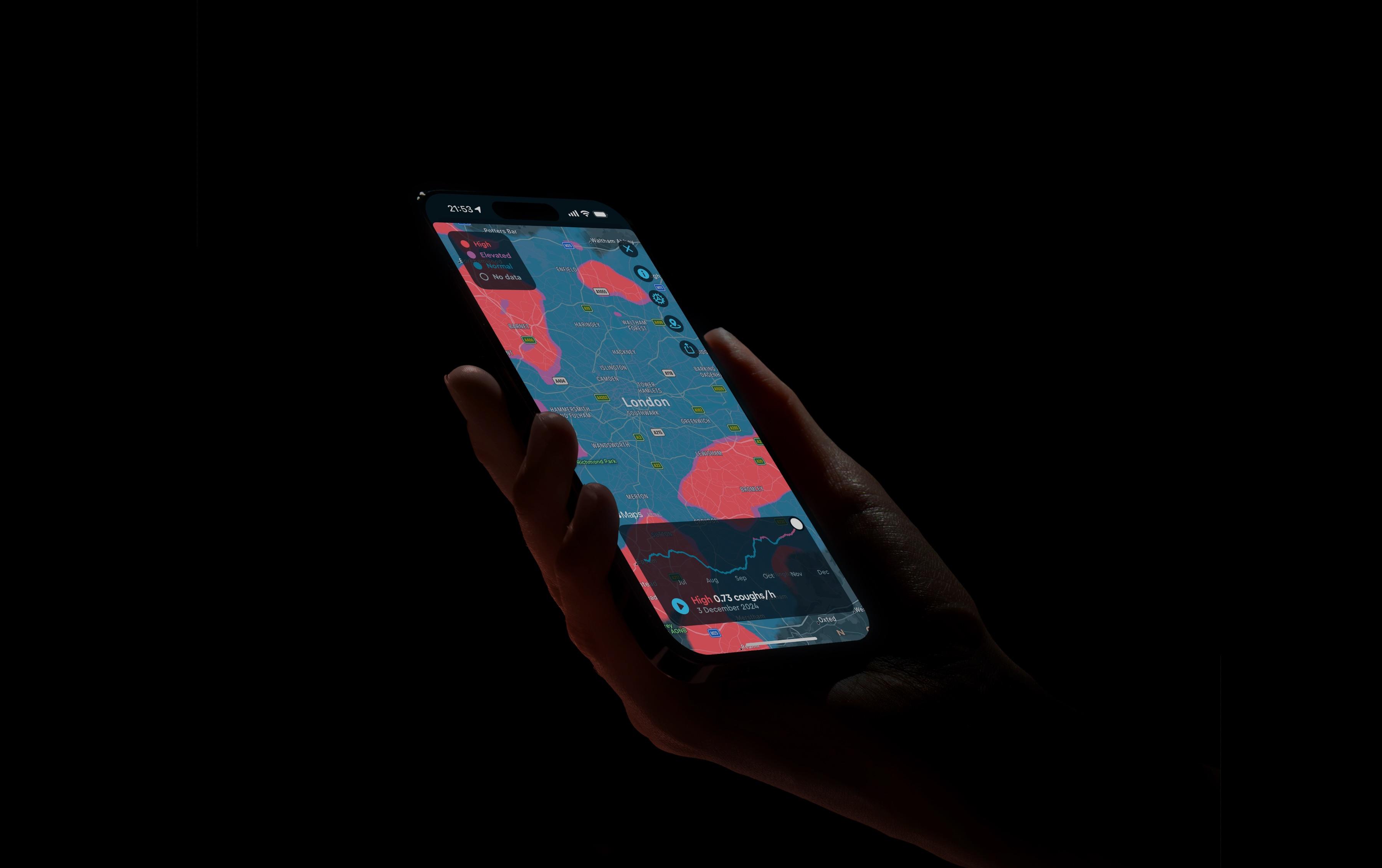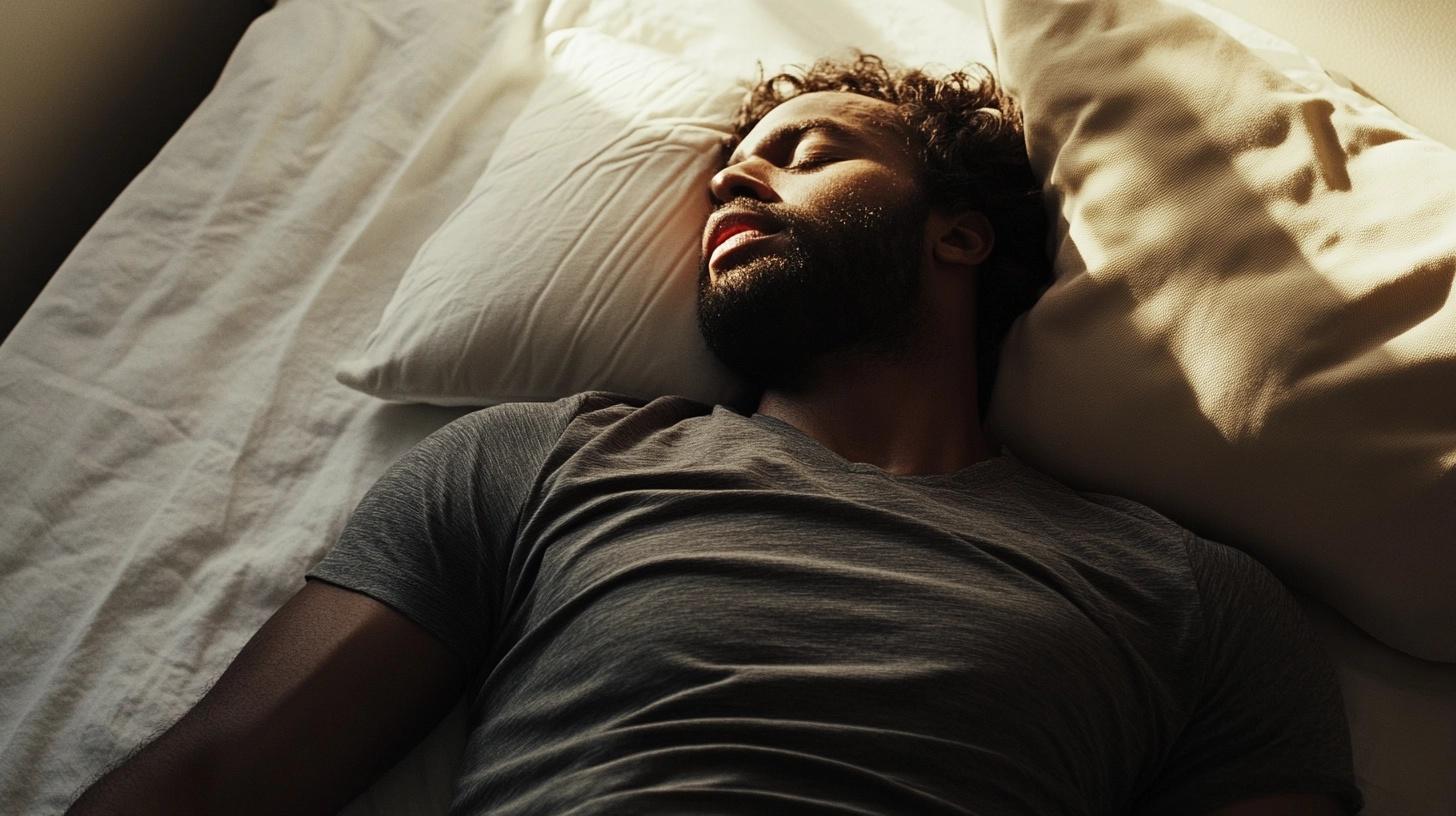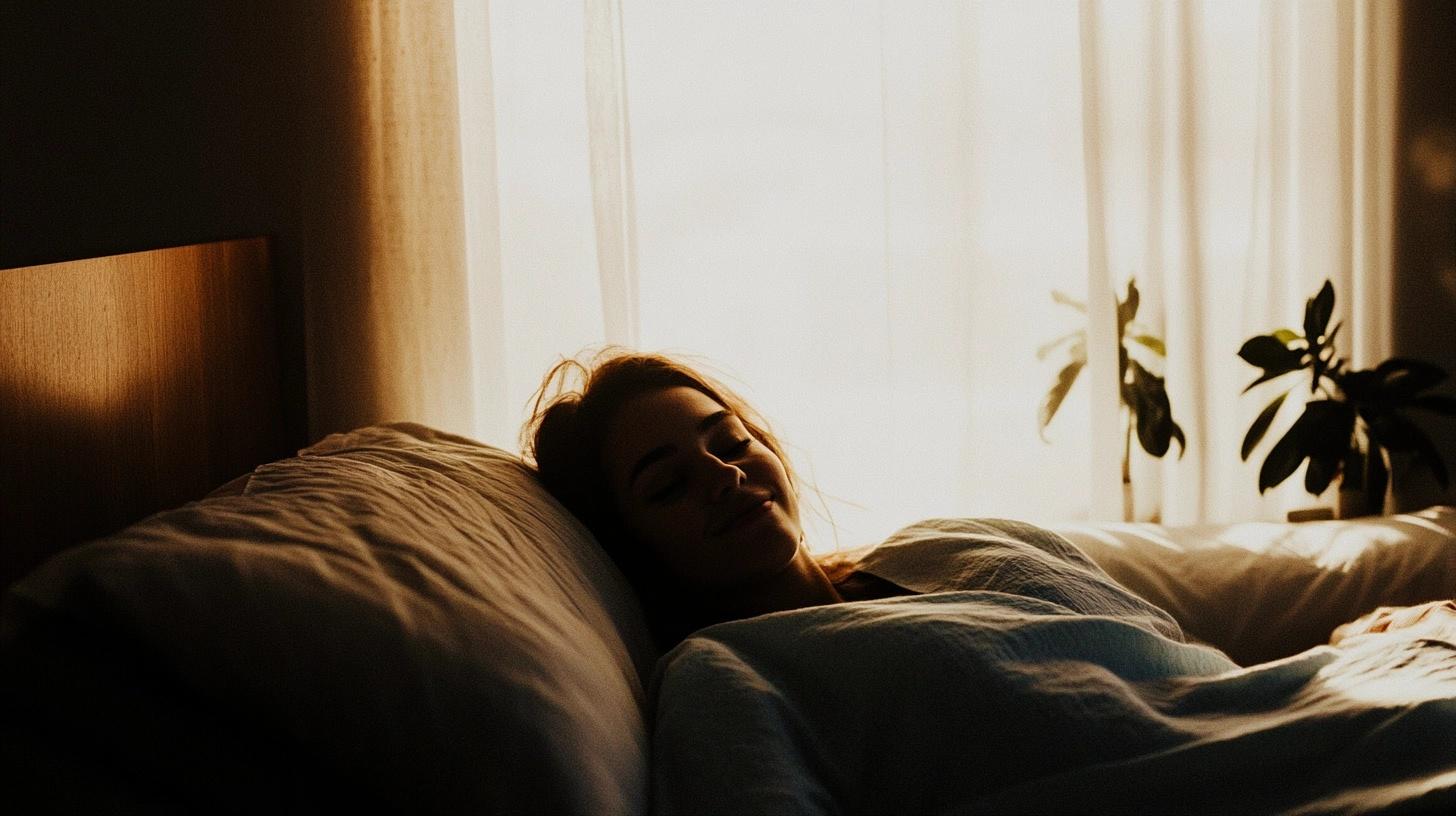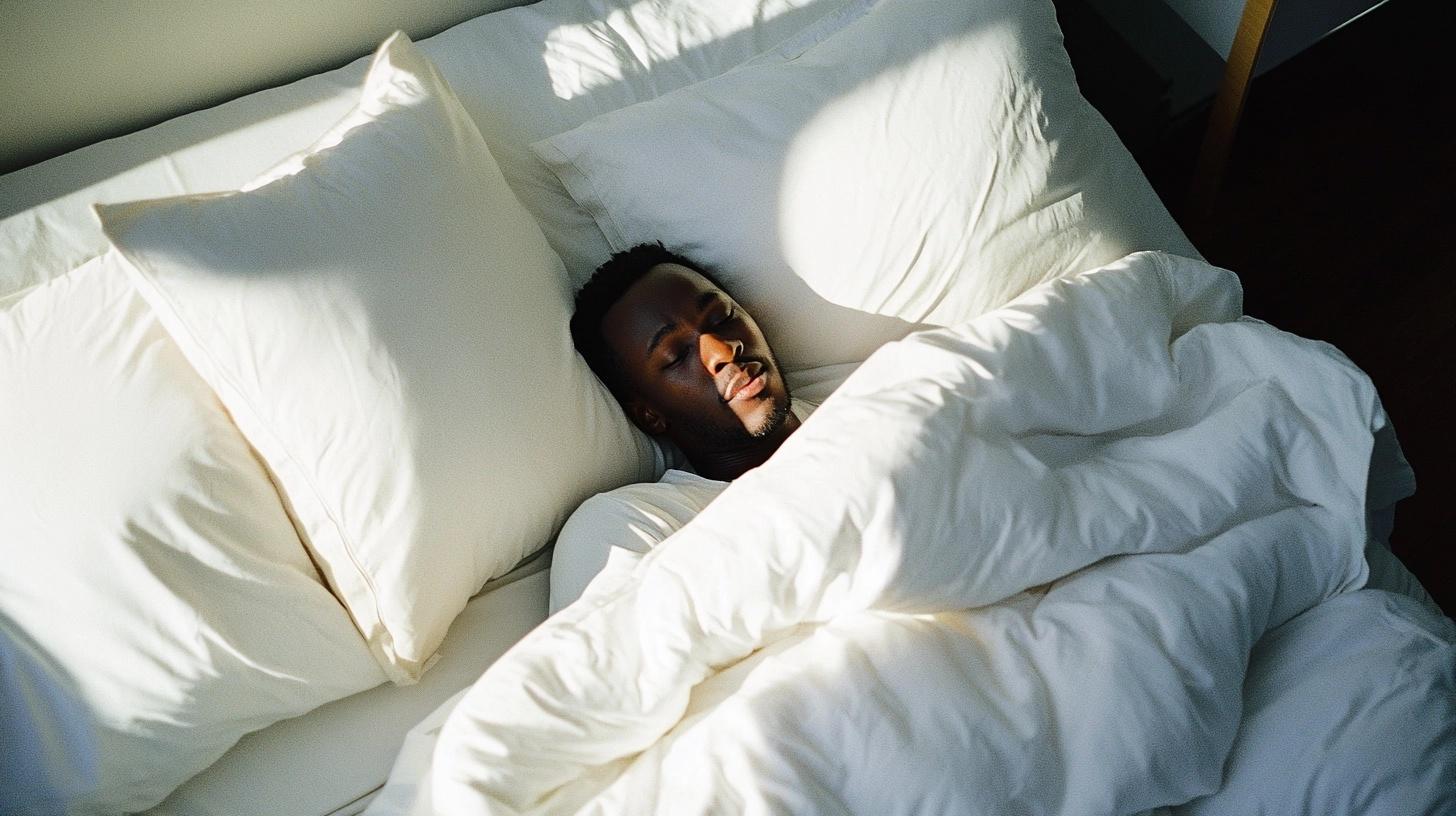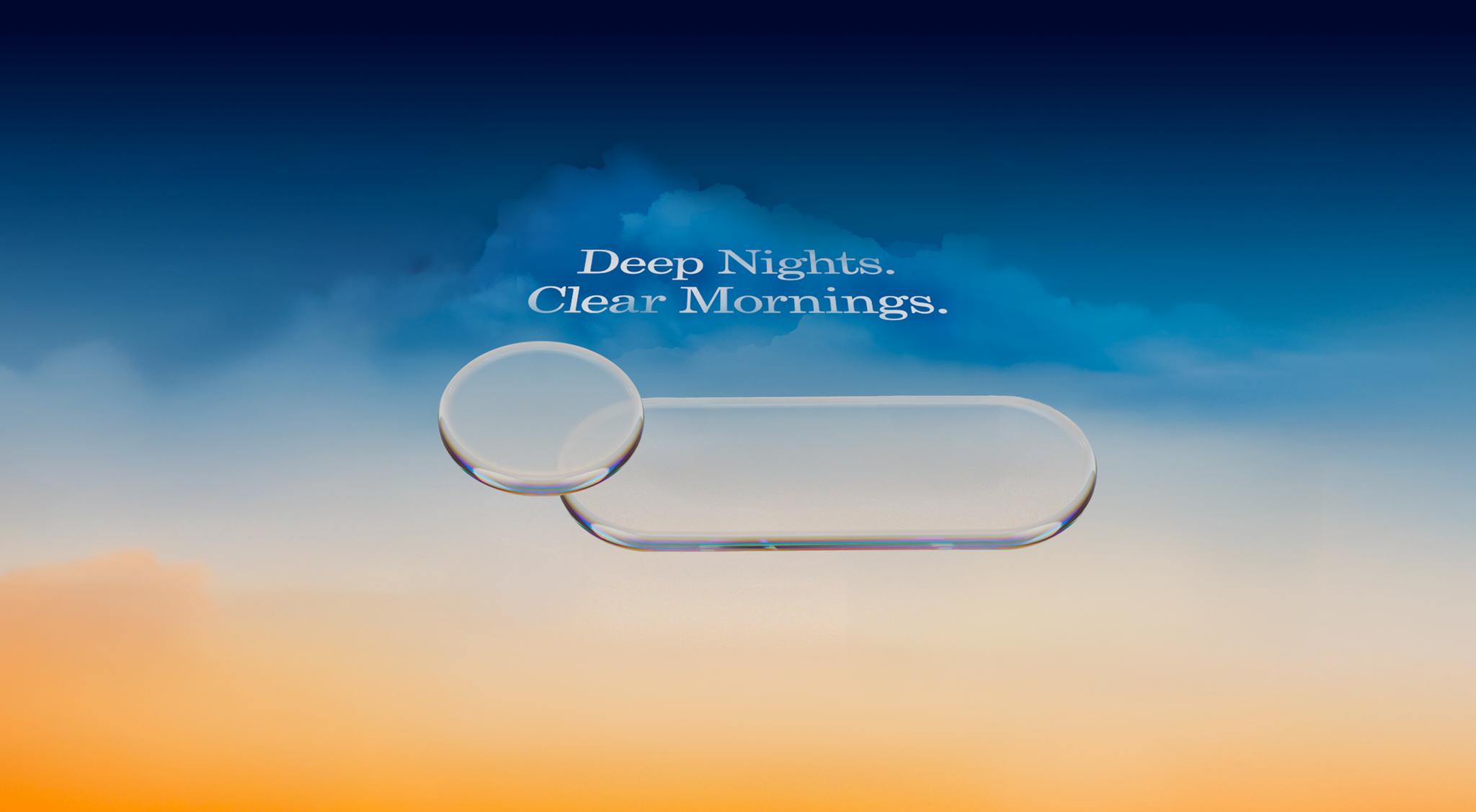Track REM, Deep, and Light Sleep - Using Only Your Phone
Published
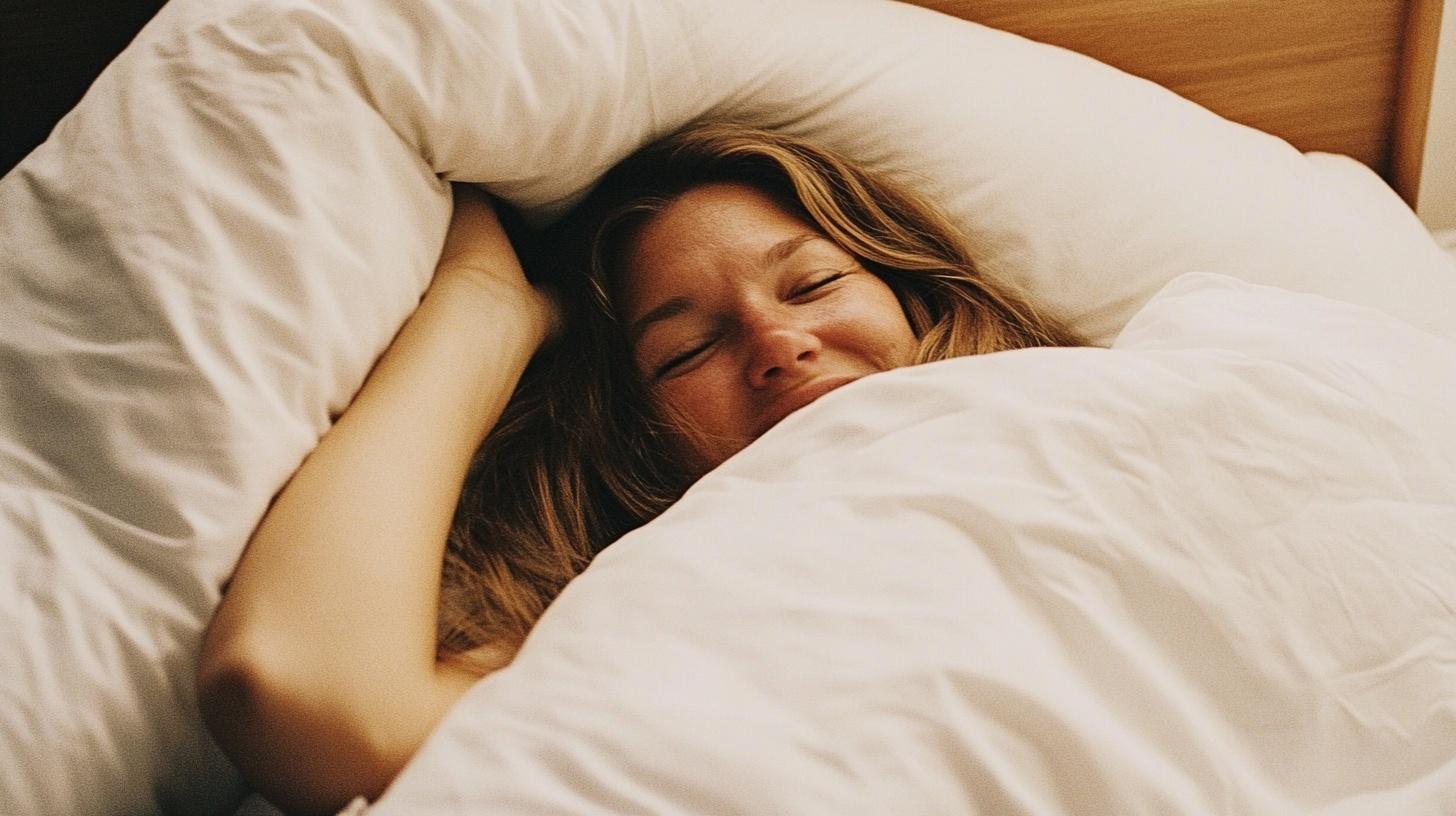
Sleep Cycle is the first to offer enhanced sleep stage tracking – using just your phone. Our groundbreaking updates let you know your dream patterns with detailed insights into all your sleep stages.
Each morning, you’ll wake up to a personalized graph showing how much time you spent awake, in light sleep, in deep sleep, and in dream/REM sleep. Sleep Cycle also highlights how noise or interruptions affect your rest in each stage.
We’ll guide you in understanding your sleep graph and show how tracking these phases and knowing how well you balance them can improve your rest and well-being.
- A Guide to Your New Sleep Graph
- What are Sleep Cycles?
- Are there 4 or 5 stages of sleep in a sleep cycle?
- How Does Sleep Cycle Detect Your Sleep Stages?
- Tracking Sleep Stages Helps Improve Sleep
- Common questions about sleep stages
A Guide to Your New Sleep Graph
The new sleep graph illustrates your night as a timeline, breaking down “Sleep” into specific color-coded stages: “Awake”, “Light Sleep,” “Deep Sleep,” and “Dream (REM) Sleep.” Here’s what each section means:
- Awake: Your time spent either trying to fall asleep or waking up briefly. The time awake will differ each night and for each person, but it is a normal part of sleep.
- Light Sleep will make up the largest portion of your sleep. Because it’s easier to wake from this stage, the Smart Alarm uses it to help you wake up feeling less groggy.
- Deep Sleep usually occurs early in the night (stock up on the good stuff early!). Waking up during deep sleep can make you feel groggy.
See when you snore, cough, or sleep-talk on your sleep timeline
Tap the dots across the timeline of your sleep graph – or move the vertical line between them – to play back recorded sounds, such as coughing, snoring, sleep talking and background noises.
See Heart Rate on your sleep graph
With an iPhone and a synced Apple Watch, you can enable heart rate tracking in sleep analysis to monitor nightly changes. Unusual spikes or drops are good information to share with your doctor.
How does Sleep Cycle Detect Your Sleep Stages?
Sleep Cycle tracks your sleep stages, or phases, by analyzing breathing- and movement patterns using your phone’s microphone. The app’s sleep staging models identify frequent movement and irregular breathing as you being awake, while less movement and steady breathing typically signal deep sleep. This groundbreaking technology, powered by AI and trained on extensive sleep data, provides more accurate and detailed sleep analysis.
What Are Sleep Cycles and Sleep Stages?
Throughout the night, you’ll sleep through four to six sleep cycles. On average, each sleep cycle typically lasts between 90-120 minutes, as not all sleep cycles are the same length. Within each of these cycles, you’ll move through different stages of sleep, all helping us recharge.
Are There 4 or 5 Sleep Stages in a Sleep Cycle?
In the 1960s, the standard sleep model by Rechtschaffen and Kales (1968)1 for manual (visual) sleep scoring included five stages, defined by brain and muscle activity patterns. But in 2007, the American Academy of Sleep Medicine (AASM) updated it to four stages, combining stages 3 and 4 (deep sleep) into one stage, N3, to simplify scoring as shown in the chart below.
Some experts still prefer the five-stage model, believing stages 3 and 4 reveal unique brainwave details. While the four-stage model makes scoring easier and more efficient, the five-stage approach remains valuable for understanding deep sleep in finer detail.
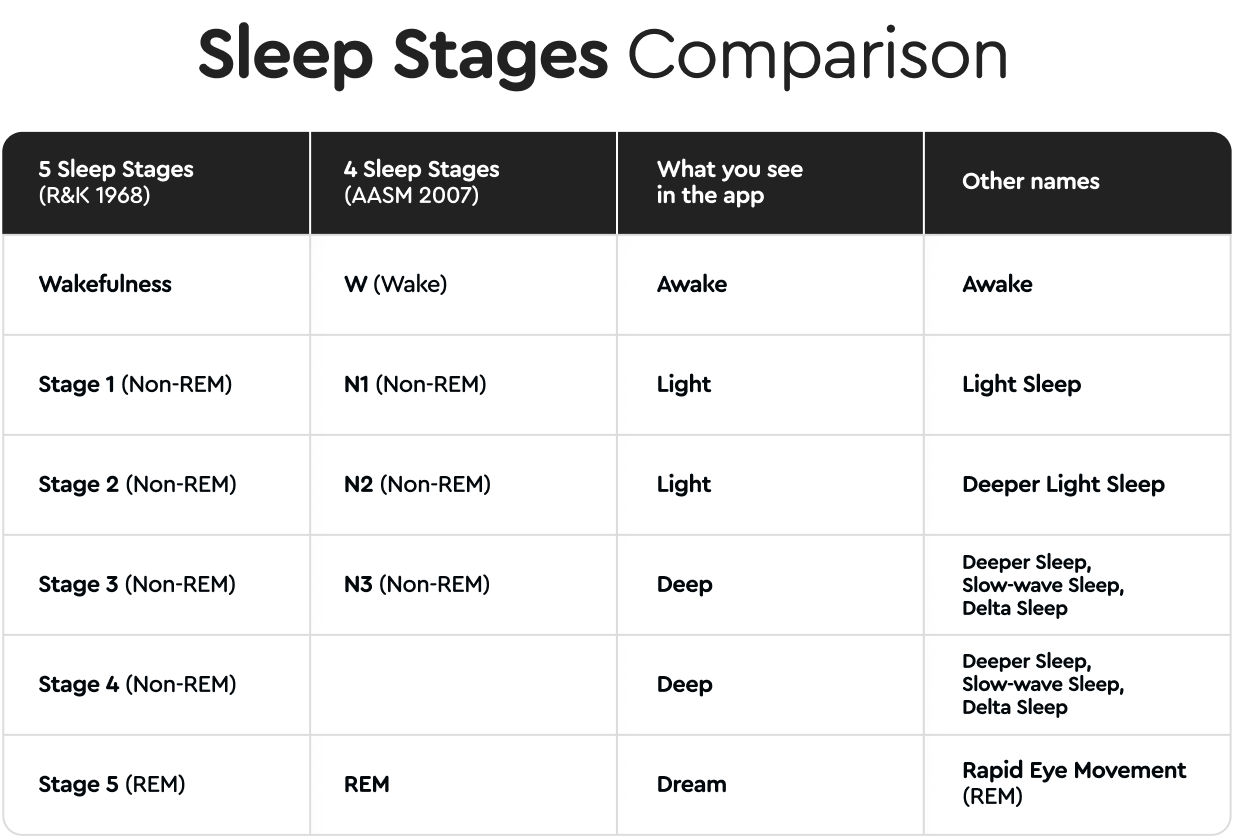
A breakdown of the 5 stages of sleep
Our bodies move through five distinct sleep stages in which the brain remains busy performing restorative work that helps us function well.
- Stage 1 (N1): Light Sleep
This is the initial dozing-off stage when your body begins to relax. You may feel slight muscle twitches as brain activity starts to slow down. Lasting about 5–10 minutes, this stage helps ease us gently into sleep. - Stage 2 (N2): (Deeper) Light Sleep
In this stage, heart rate and body temperature drop, preparing for deep sleep. Short bursts of brain activity, known as “sleep spindles,” occur here, stabilizing sleep and helping form memories. These light sleep stages usually comprise the largest portion of the night. - Stages 3 & 4 (N3): Deep Sleep
Also known as Slow-Wave Sleep (SWS), this is the body’s recovery phase, marked by slow brain waves, muscle relaxation, growth hormone release, and immune system repair. It occurs mostly in the first third of the night and has two phases:- Stage 3: Brief (3–8% of sleep) with slow, high-voltage brain waves.
- Stage 4: Deeper (10–15% of sleep), lasting 20–40 minutes early in the night, with even slower brain activity. This is the hardest stage to wake from.
- Stage 5: REM (Rapid Eye Movement) or Dream Sleep
The stage where most dreams occur is marked by heightened brain activity as it processes emotions and memories. The brain’s logical control center takes a break, leading to vivid and sometimes wild dreams. REM is essential for learning, mental clarity, and emotional well-being.
How much time should I spend in each sleep phase?
Normal sleep varies, but here’s a typical breakdown of adult sleep stages each night:
- Awake: 5–20% (35–90 minutes)
- Light Sleep: 45–55% (225–255 minutes)
- Deep Sleep: 10–20% (50–90 minutes, decreasing each cycle)
- Dream/REM: 10–25% (60–105 minutes, increasing each cycle)
You can’t directly control time in each stage, but habits like sticking to a sleep schedule and avoiding caffeine or alcohol near bedtime can help. Alcohol can disrupt both deep and REM sleep. While it may help you fall asleep faster, it reduces deep sleep early on and limits REM sleep, which is important for memory and mood. Feeling tired? Check your sleep data to spot patterns affecting your rest. If you’re concerned about sleep stages or disorders, consult a doctor.
Tracking Sleep Stages for Better Sleep
Tracking your sleep stages can uncover disruptions that keep you from getting fully restful sleep, impacting your mood, focus, and overall health. By monitoring sleep phases, you can identify how factors like alcohol, stress, or disruptions from pets and noise impact your sleep quality. For example, those with sleep apnea or irregular schedules may struggle to reach deep, restorative sleep. Similarly, teens and young adults with late sleep schedules often miss out on REM sleep if they wake up early for school or work. Understanding sleep stages helps identify issues and is the first step toward making choices that improve sleep and overall well-being.
Ready to explore the next level of sleep tracking ? Download Sleep Cycle today and unlock the power of ‘Sleep Stages’ to improve your sleep tonight!
Common Questions about Sleep Stages
What are the 5 stages of sleep in order?
According to Rechtschaffen & Kales:
- Stage 1 & 2: Light sleep
- Stage 3 & 4: Deep Sleep
- Stage 5: REM (Dream) sleep
The AASM lists these as N1, N2 N3 and REM.
How long should you spend in each sleep stage?
Sleep needs vary by age and lifestyle, but for most adults, a typical night might look like this:
- Awake: 5-20% (about 15-90 minutes)
- Light Sleep: 45–55% (around 225-255 minutes)
- Deep Sleep: 10–20% (about 50-90 minutes, reducing with each cycle)
- REM/Dream: 10–25% (around 60-105 minutes, increasing with each cycle)
Is REM or deep sleep (Stage 3 & 4 / N3) better?
Both stages are essential for restoring the body and mind. Our brain prioritizes deep sleep in the first half of the night, but a balanced mix of deep and REM sleep is key to feeling fully rested.
What is the hardest stage to wake from?
Deep sleep (Stage 4 / N3) is the hardest to wake from, as it’s the most restorative.
123
Disclaimer: The new Sleep Stages is currently available on iOS and with the app language set to English. It is rolled out gradually to users worldwide. Sleep Stages is part of our Freemium plan during roll-out.
Reviewed by Dr. Michael Gradisar, M.Psych.(Clin.) / PhD, Head of Sleep Science at Sleep Cycle.

